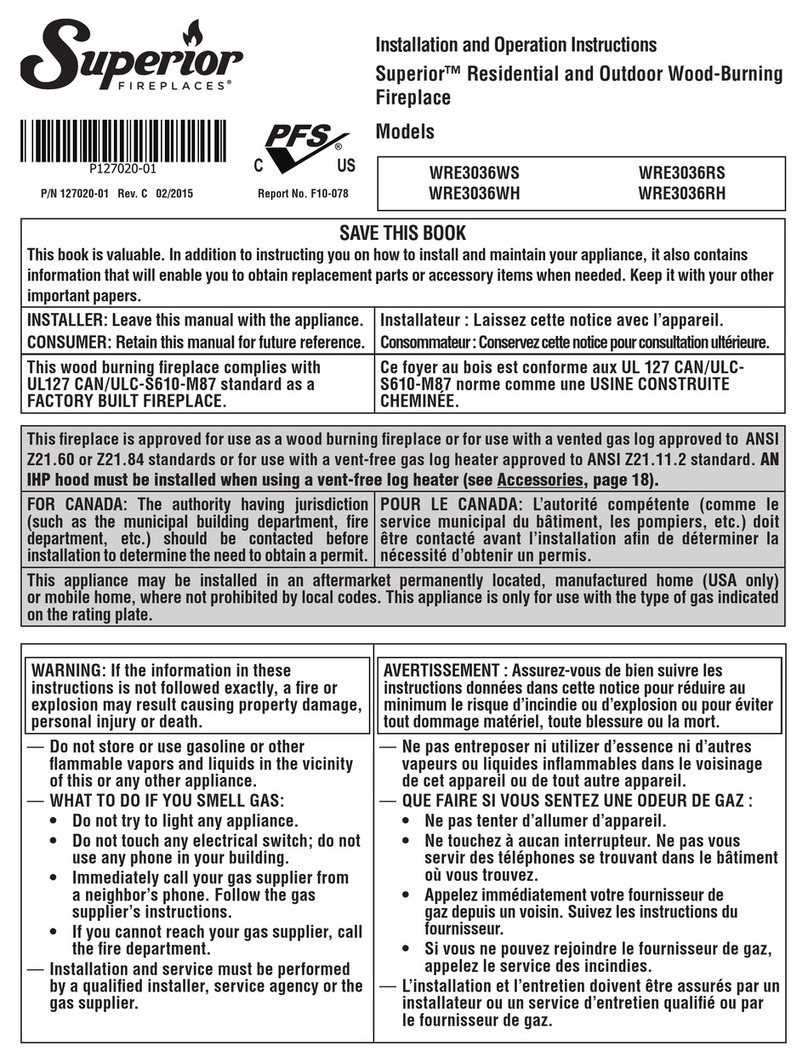Superior VCM3026ZTN User manual
Other Superior Indoor Fireplace manuals

Superior
Superior SVFS32NRK Quick start guide
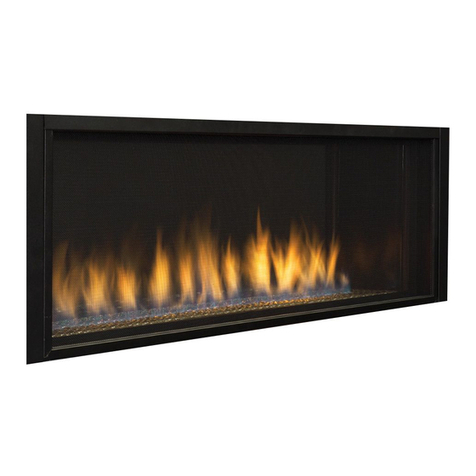
Superior
Superior DRL4543TEN User manual
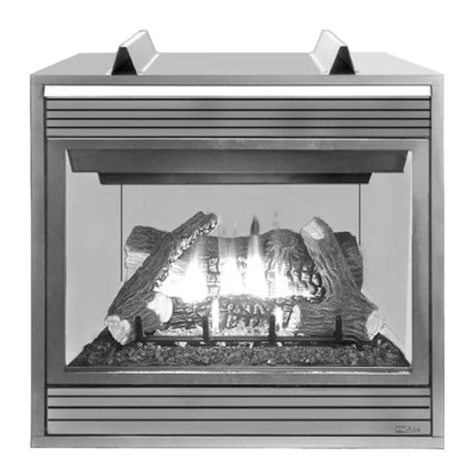
Superior
Superior 500 Series User manual
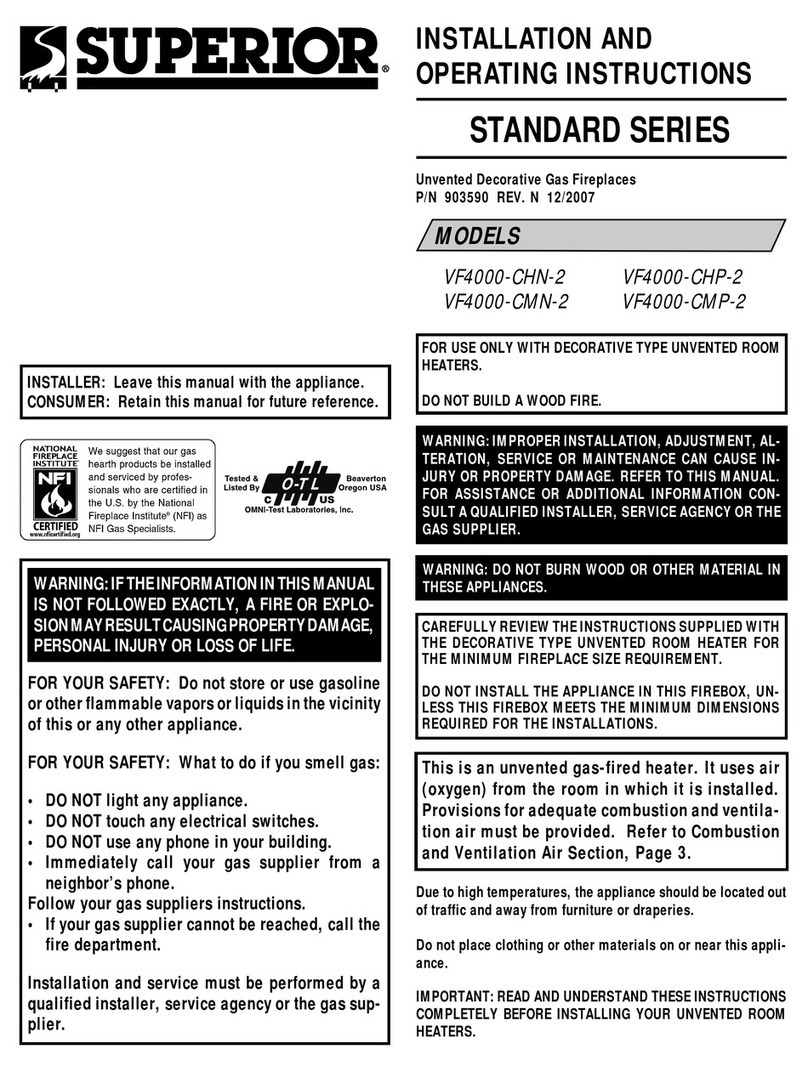
Superior
Superior VF4000-CMP-2 and User manual

Superior
Superior DRT40ST40DMN User manual

Superior
Superior WRE3036WS User manual

Superior
Superior SSBV-3530CNM User manual
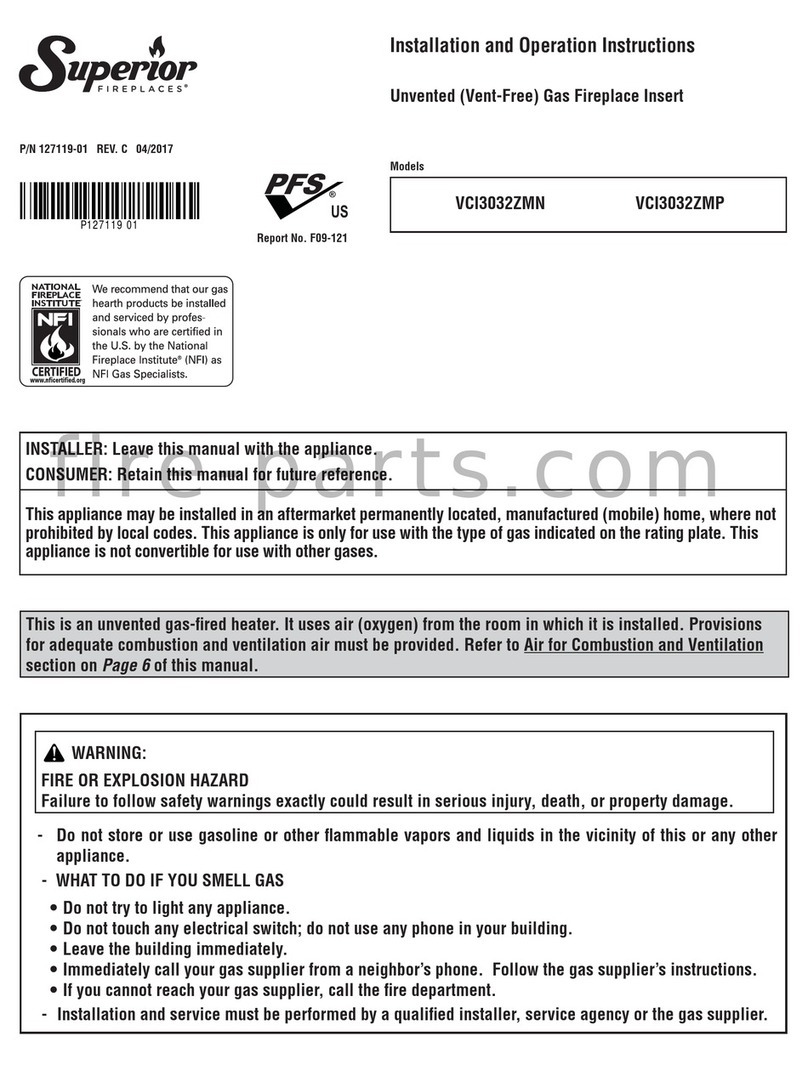
Superior
Superior VCI3032ZMN User manual

Superior
Superior WCT6820WS User manual

Superior
Superior VCI3032ZMN User manual
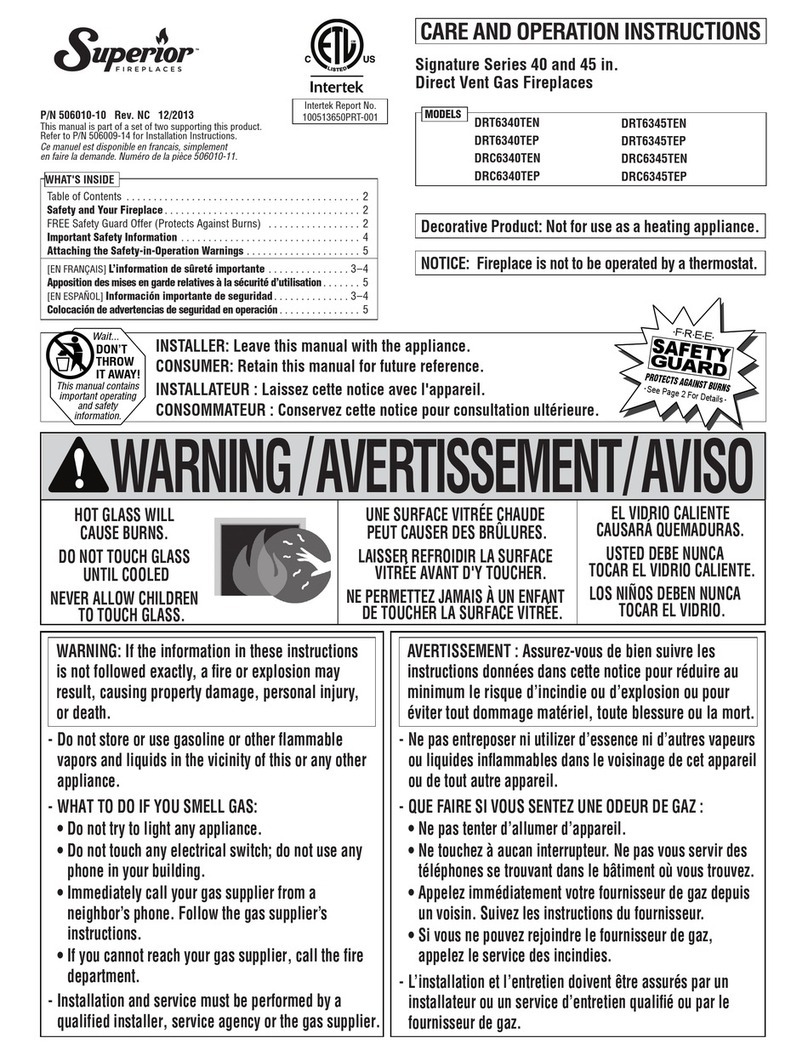
Superior
Superior DRT6340TEN User manual
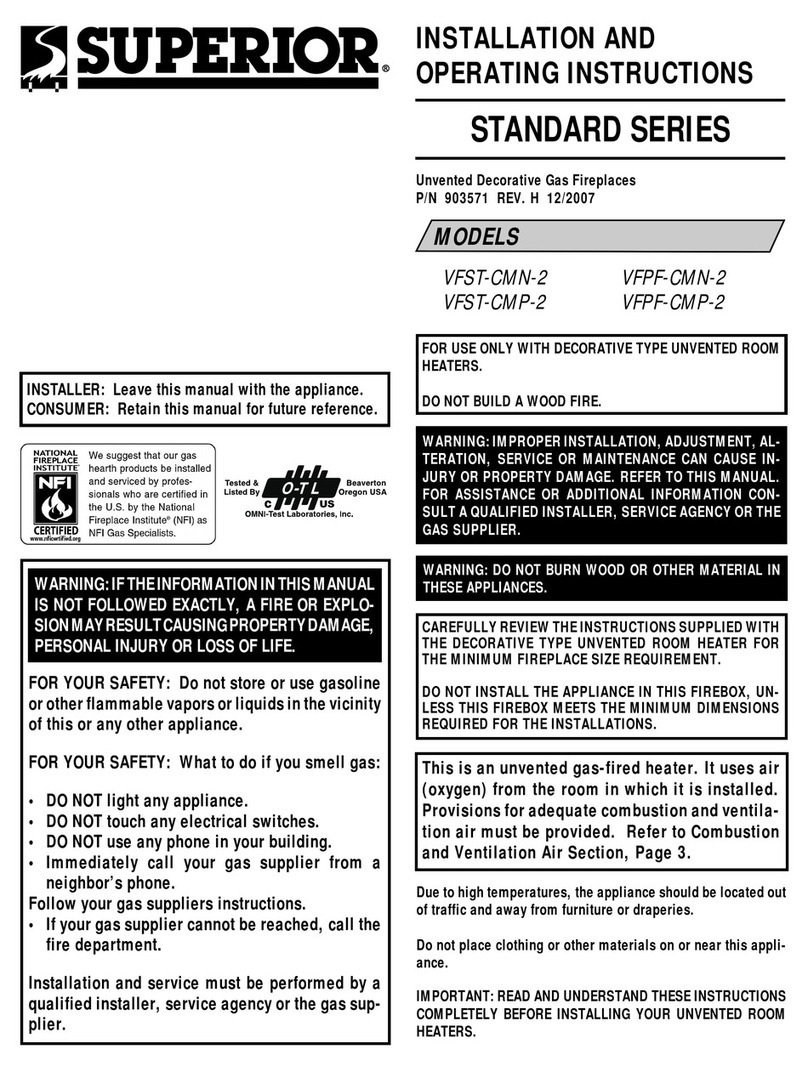
Superior
Superior VFST-CMN-2 User manual
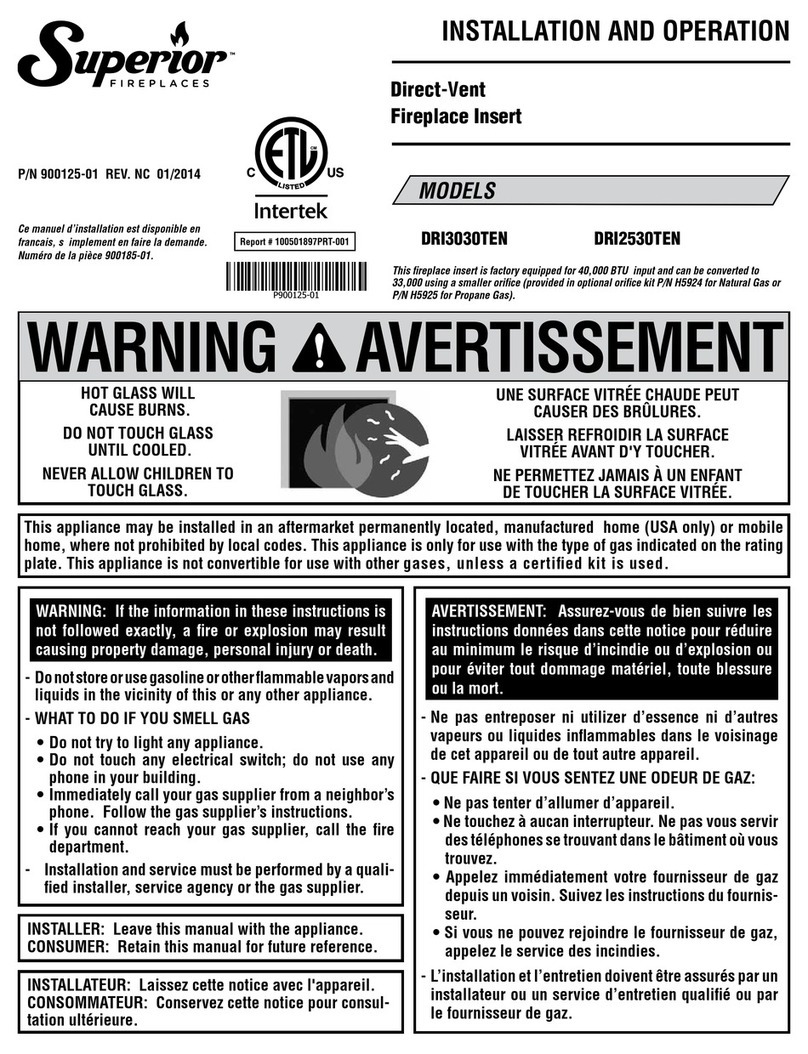
Superior
Superior DRI3030TEN Operating instructions

Superior
Superior DRT2033xxx *DRC2033 User manual

Superior
Superior DRT35STDMN User manual
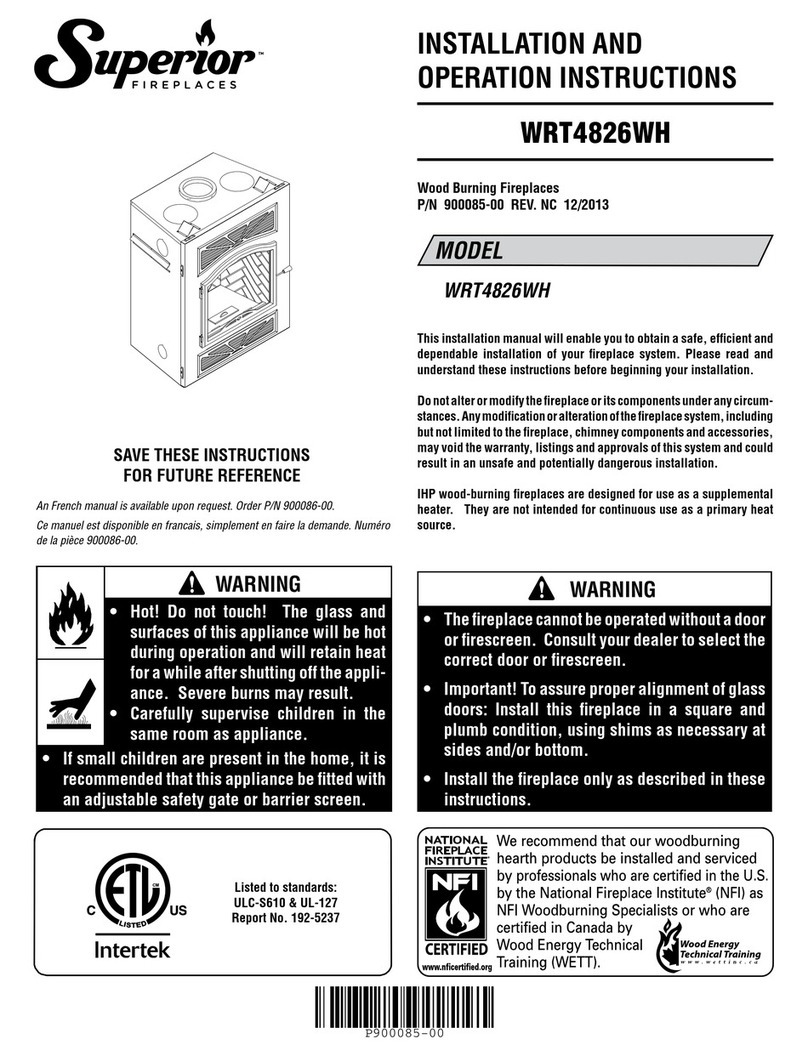
Superior
Superior WRT4826WH User manual
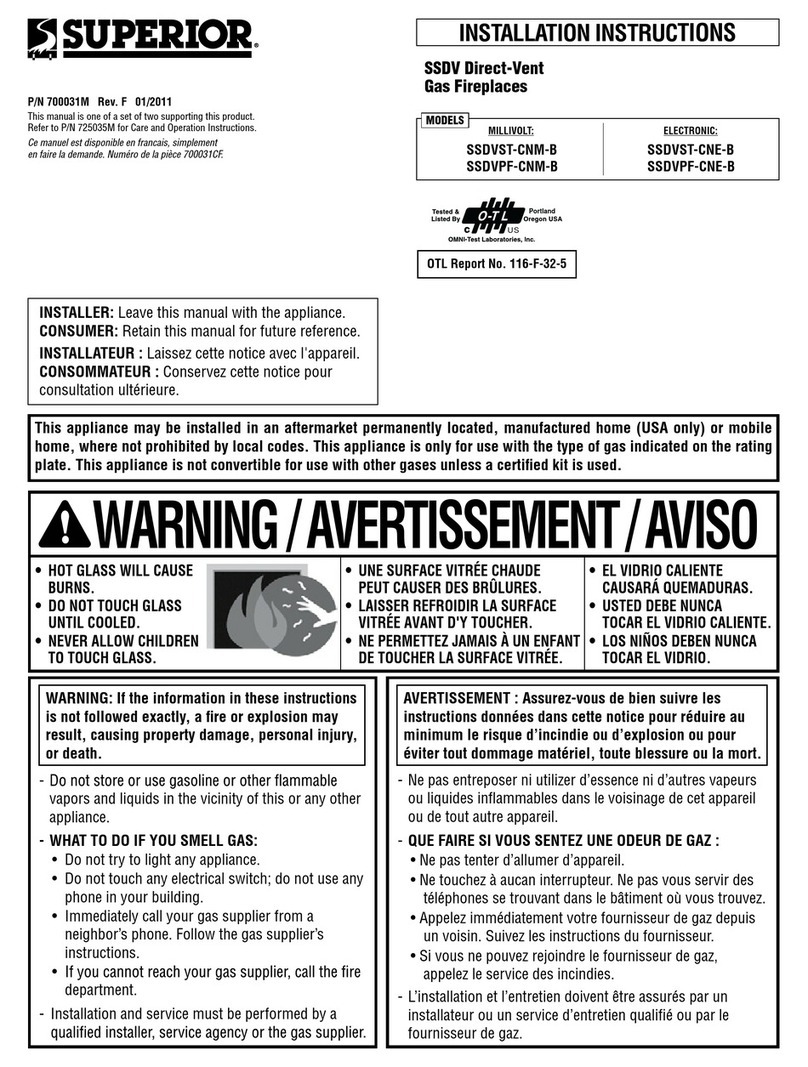
Superior
Superior SSDVPF-CNE-B User manual
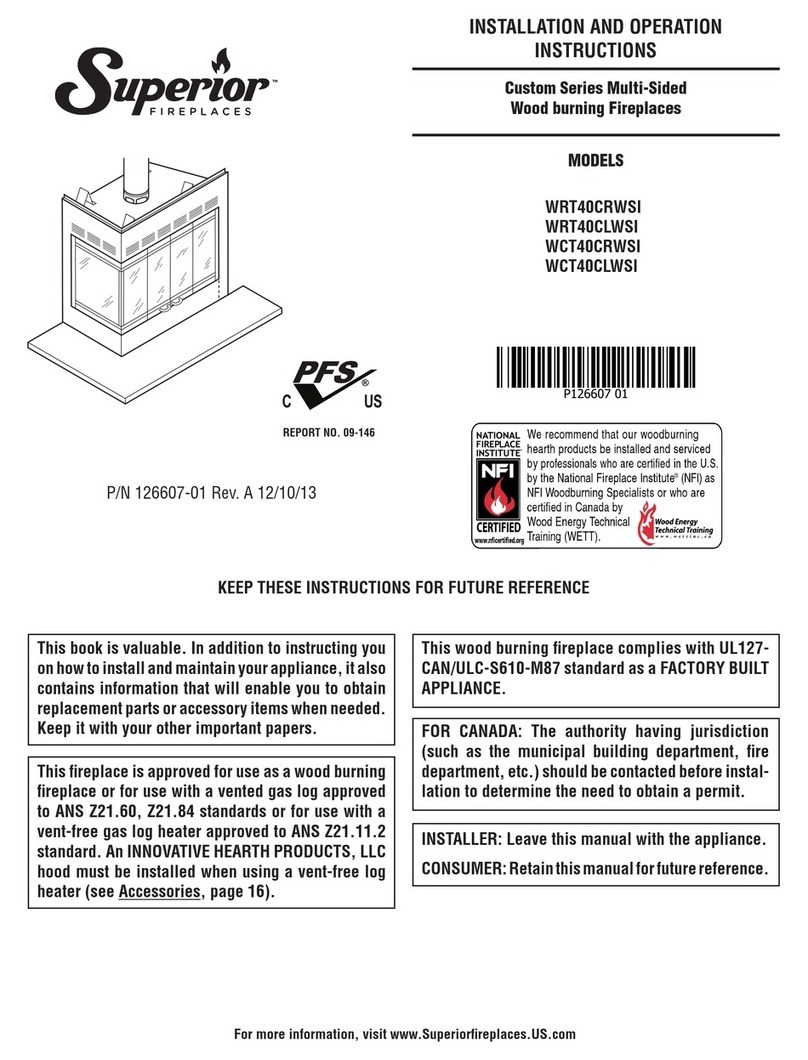
Superior
Superior WRT40CRWSI User manual

Superior
Superior DRL6542TEN User manual
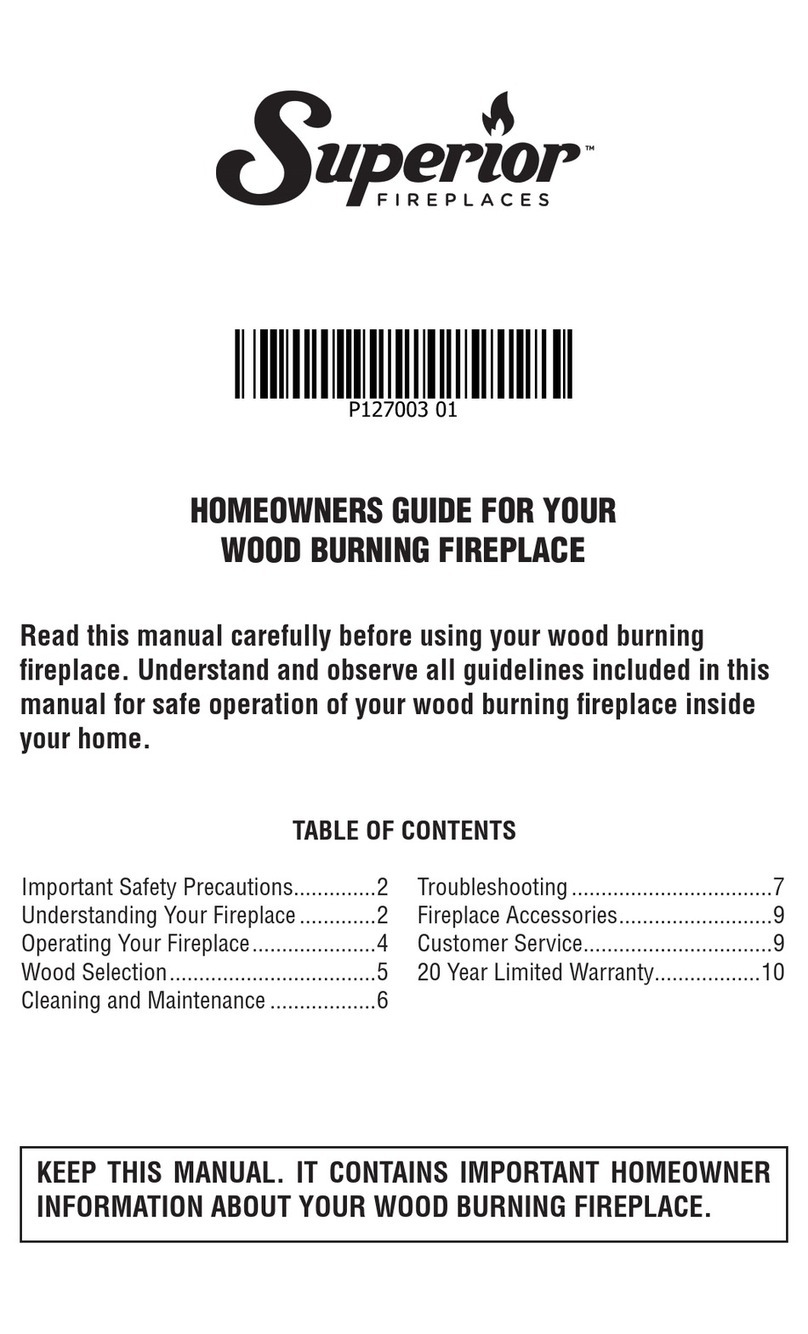
Superior
Superior WOOD BURNING FIREPLACE User manual
Popular Indoor Fireplace manuals by other brands
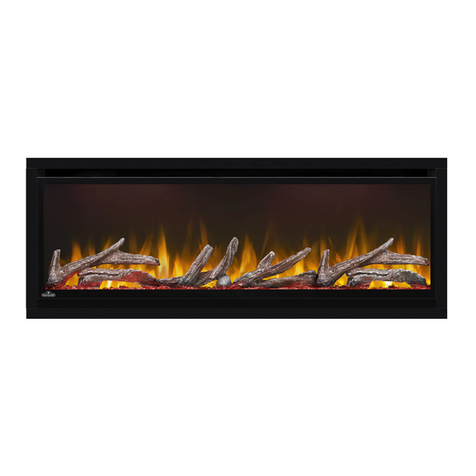
Napoleon
Napoleon NEFL42CHD-1 manual
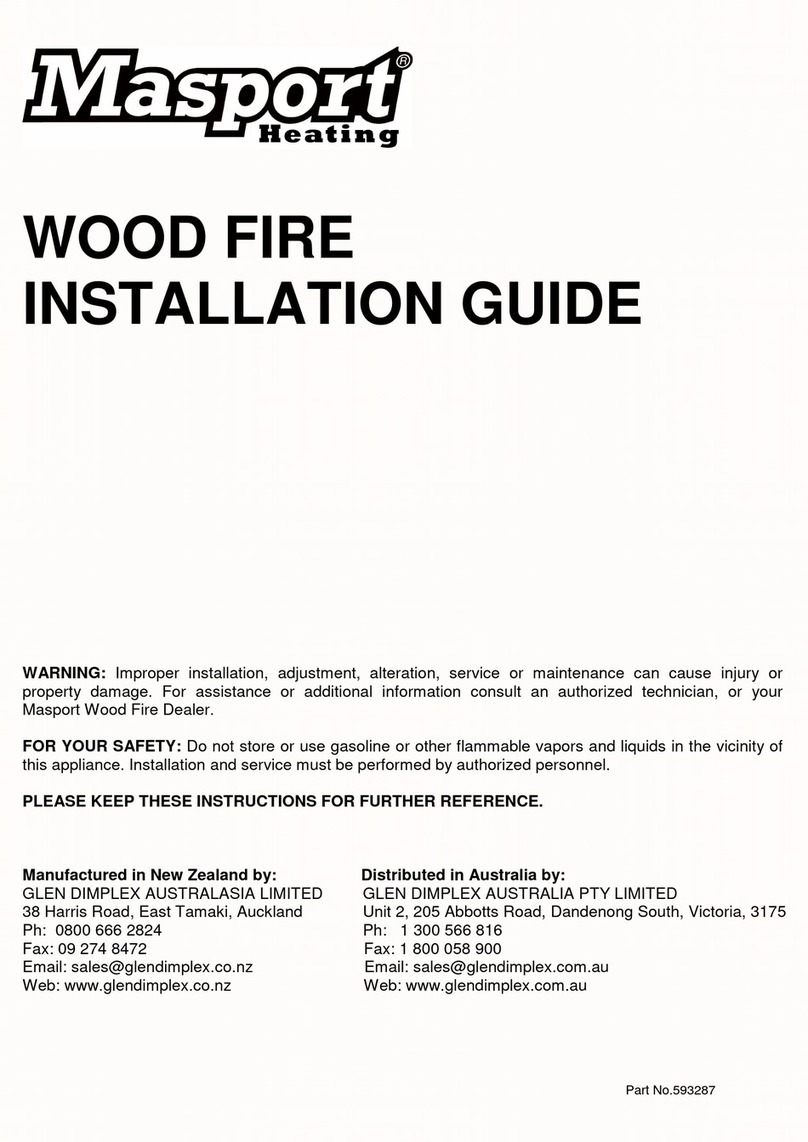
Masport
Masport WOOD FIRE installation guide
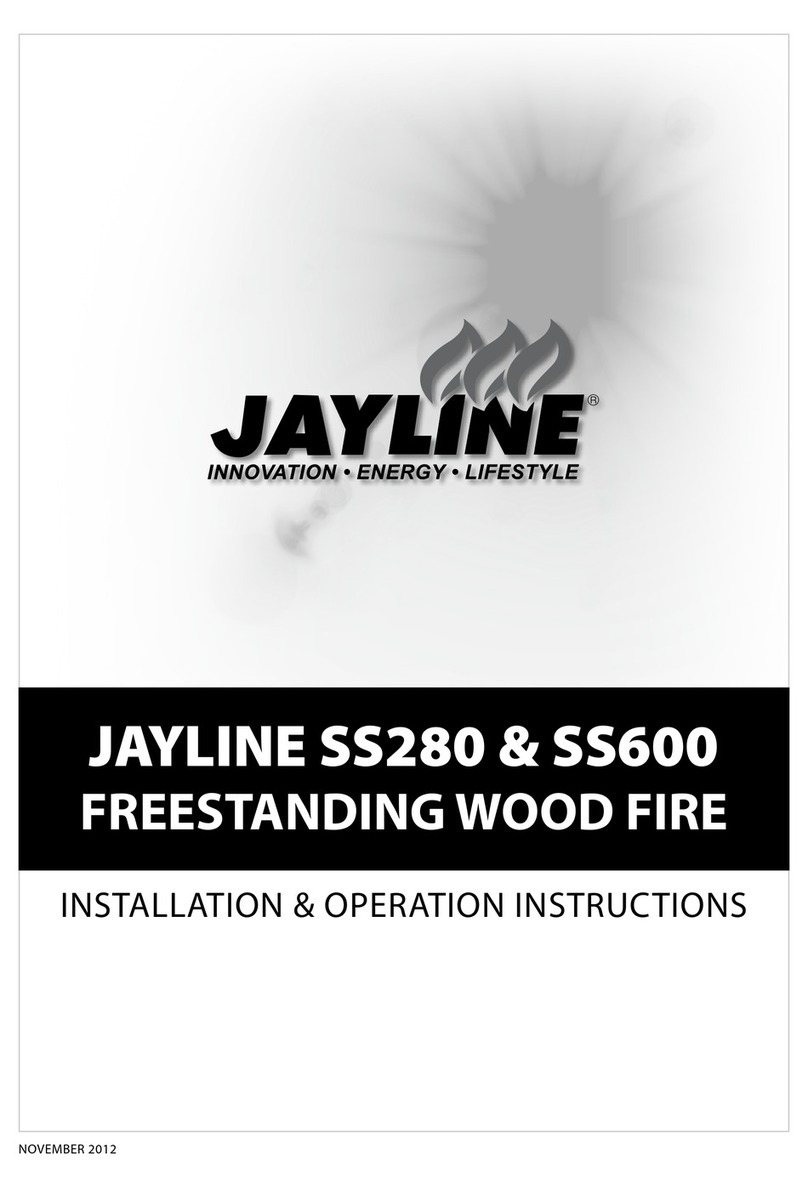
JAYLINE
JAYLINE SS280 Installation & operation instructions
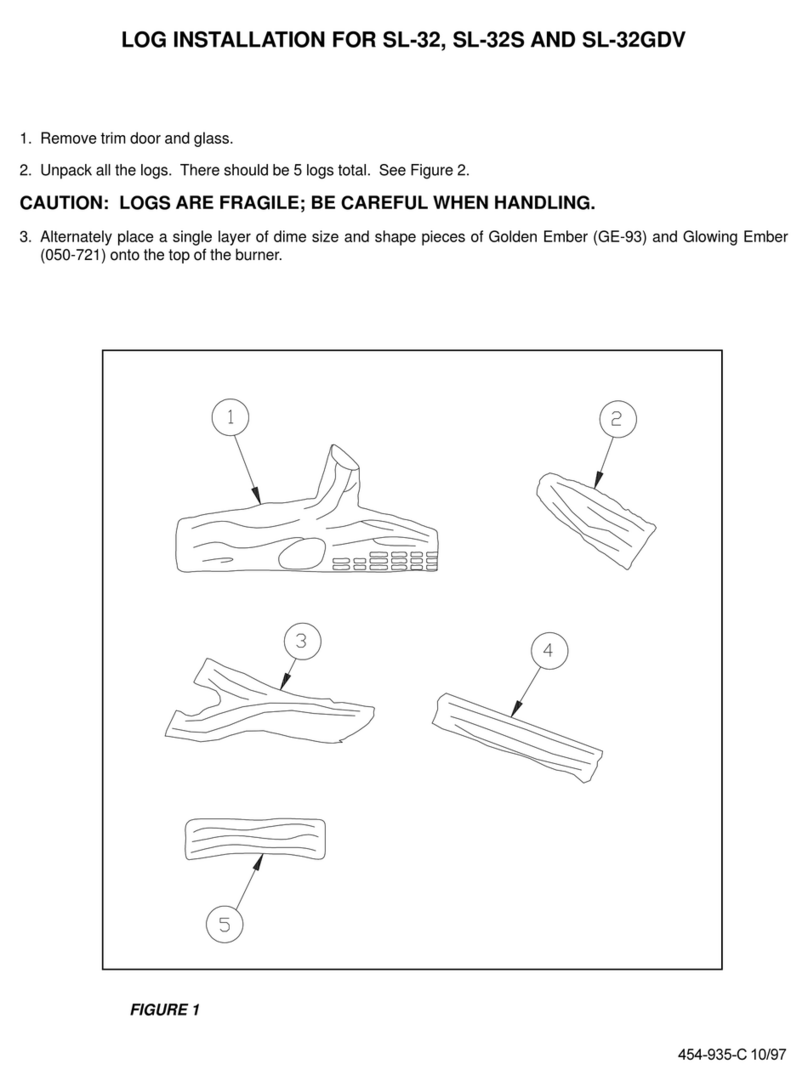
Heat-N-Glo
Heat-N-Glo SL-32S Installation
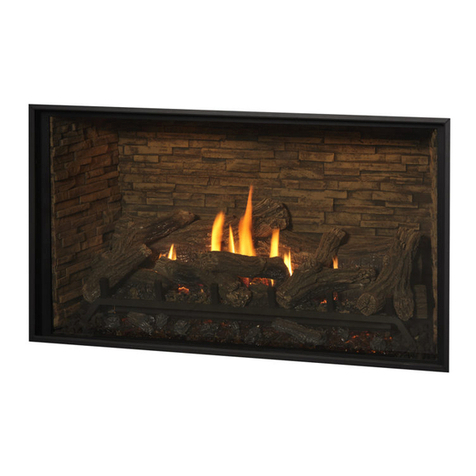
kozy heat
kozy heat Bellingham 52 quick start guide

Paragon Fires
Paragon Fires ROOM SEALED INSET LIVE FUEL EFFECT GAS FIRE owner's manual
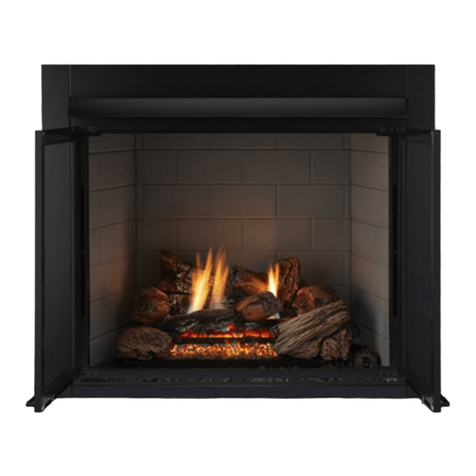
Monessen Hearth
Monessen Hearth LCUF32CR-B Installation & owner's manual

PuraFlame
PuraFlame Galena owner's manual

Dimplex
Dimplex Toluca Deluxe instruction manual
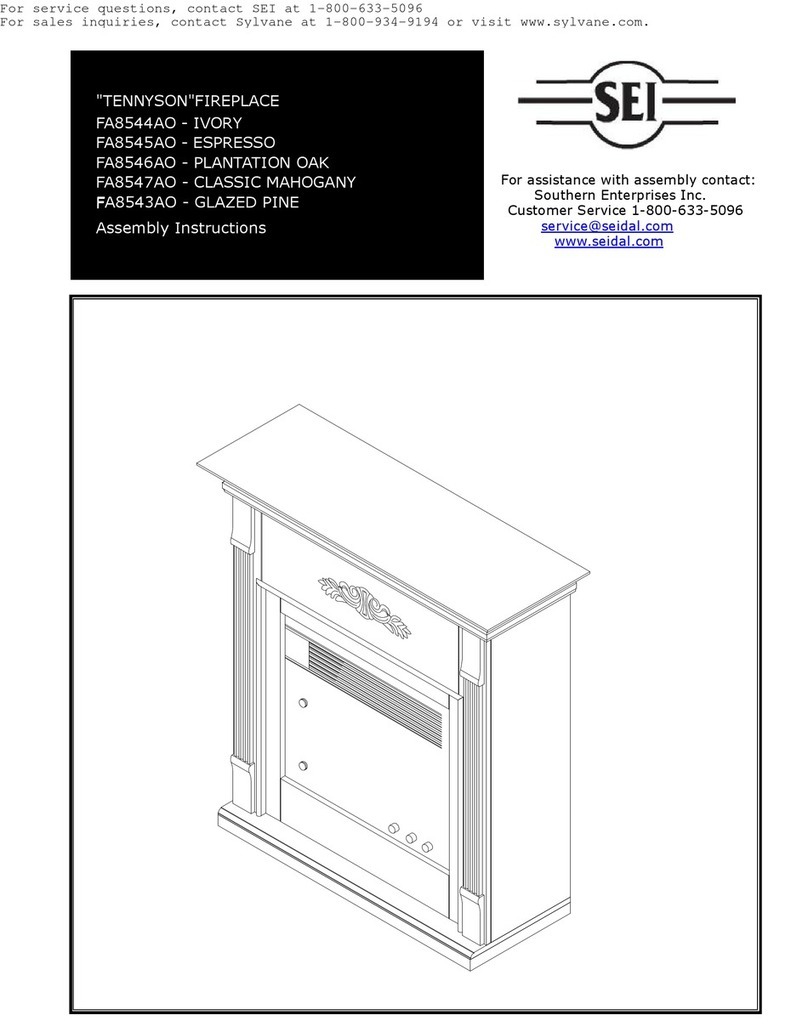
SEI
SEI TENNYSON FA8544AO Assembly instructions
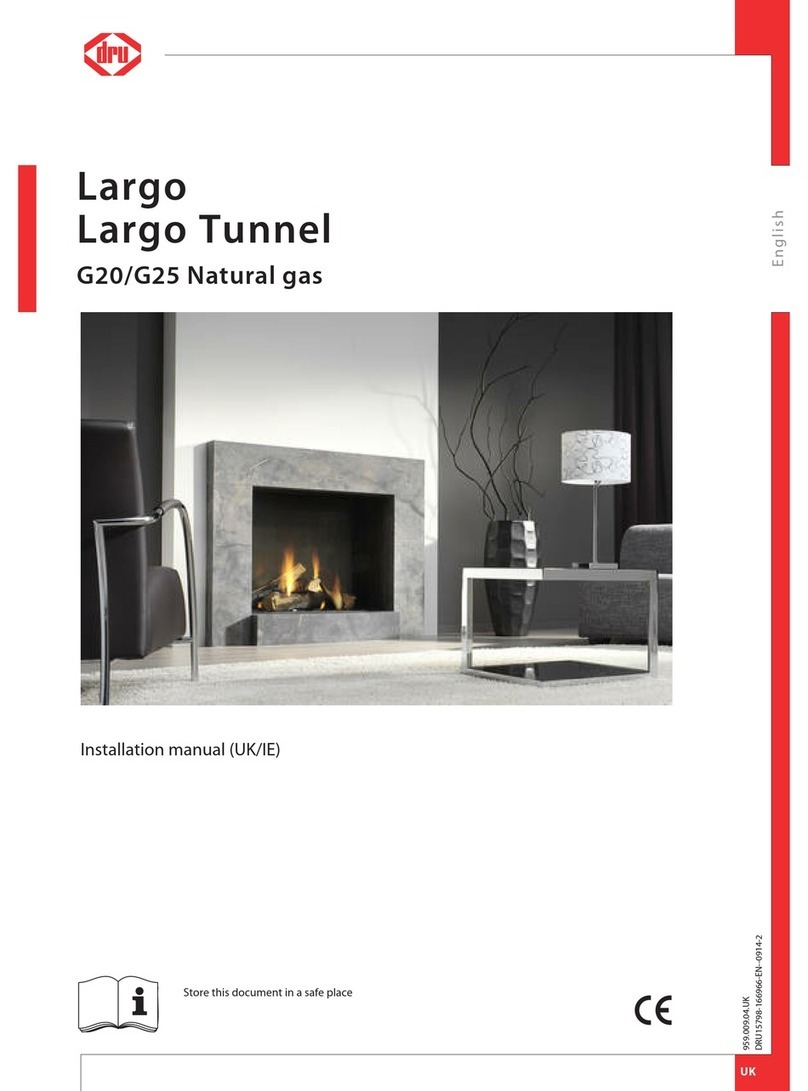
Dru
Dru G25 installation manual

Capital fireplaces
Capital fireplaces Designline DL700 Installation and user instructions
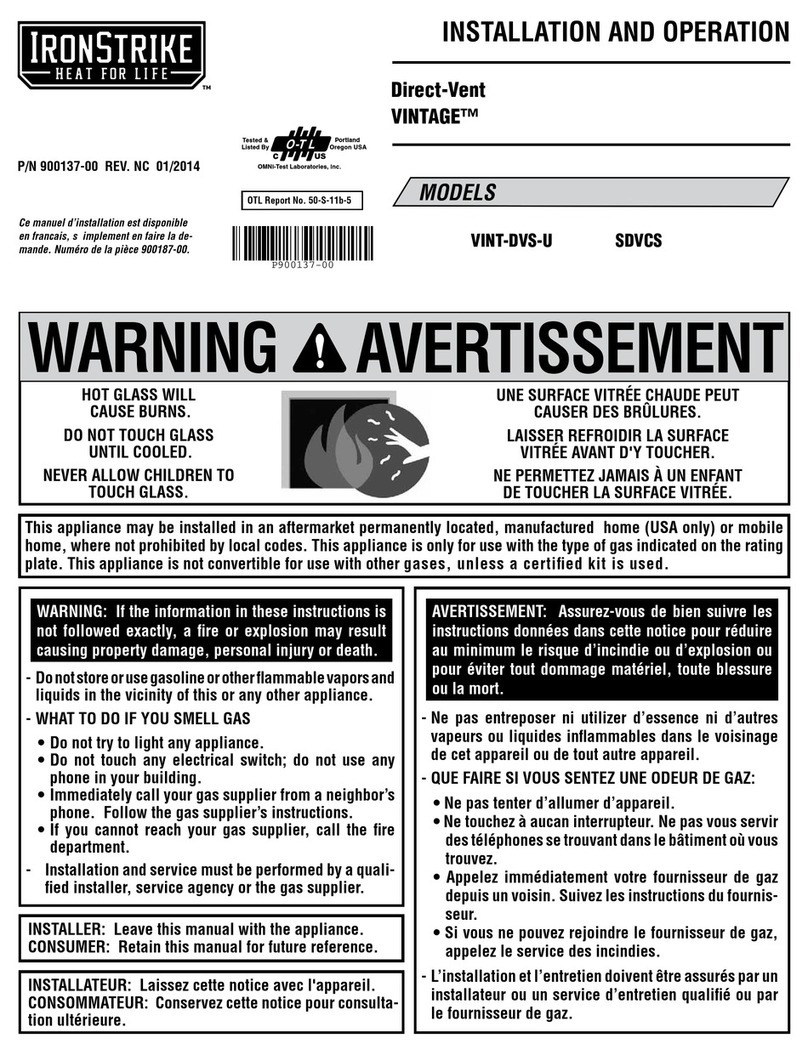
IronStrike
IronStrike VINTAGE VINT-DVS-U Installation and operation

ACR Heat
ACR Heat HERITAGE N25 Installation and operating instruction manual
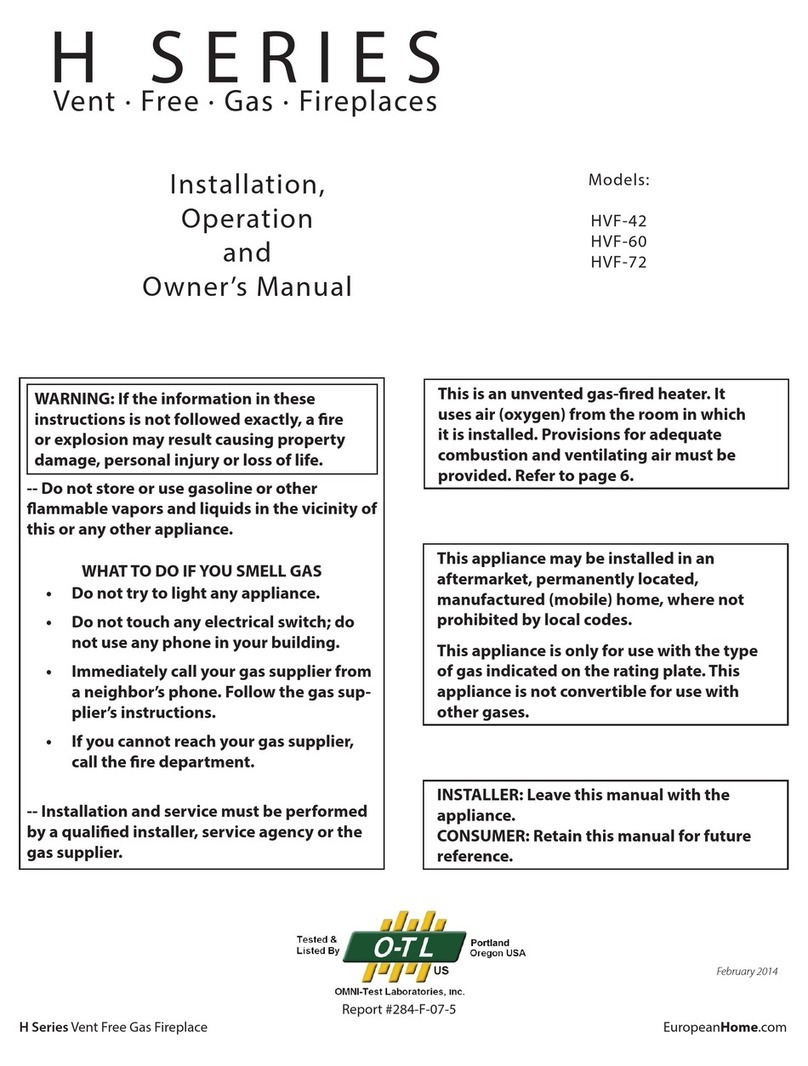
European Home
European Home HVF-42 Installation, operation and owner's manual
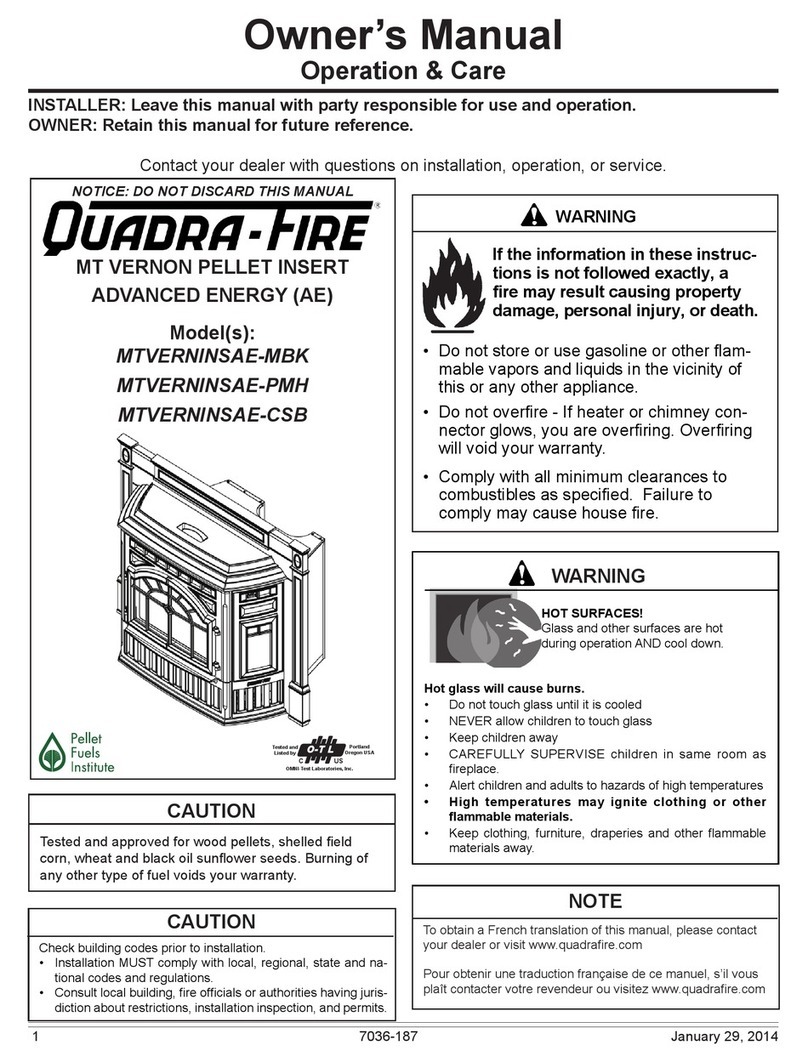
Quadra-Fire
Quadra-Fire MTVERNINSAE-MBK Owner's manual operation & care
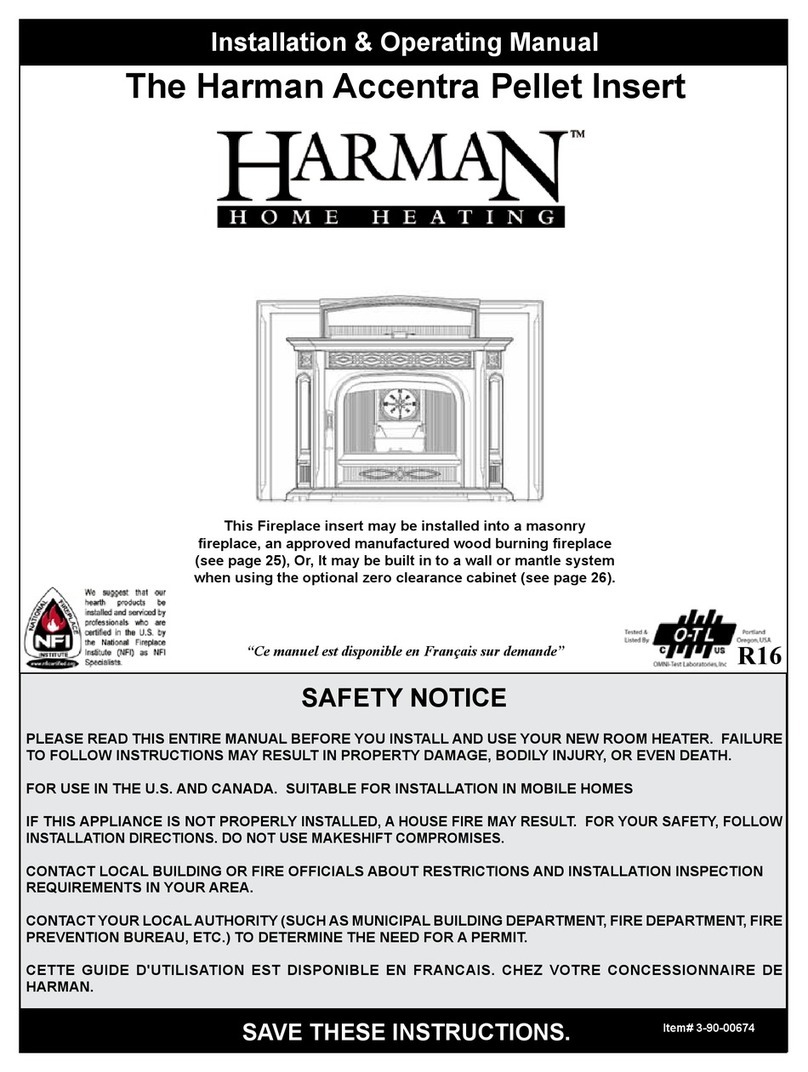
Harman Home Heating
Harman Home Heating Accentra Insert Installation & operating manual
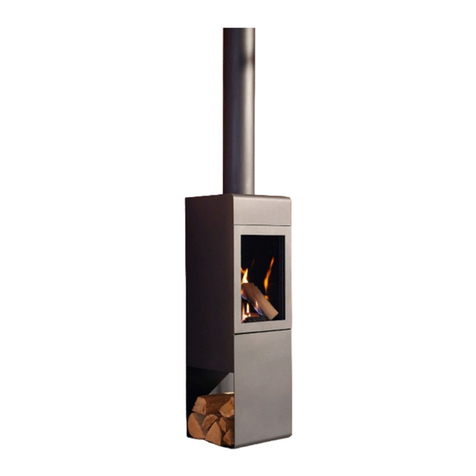
Trimline Fires
Trimline Fires Zircon 1024 installation instructions

